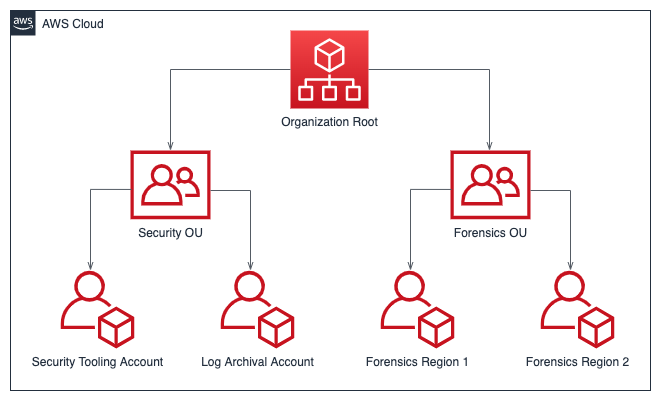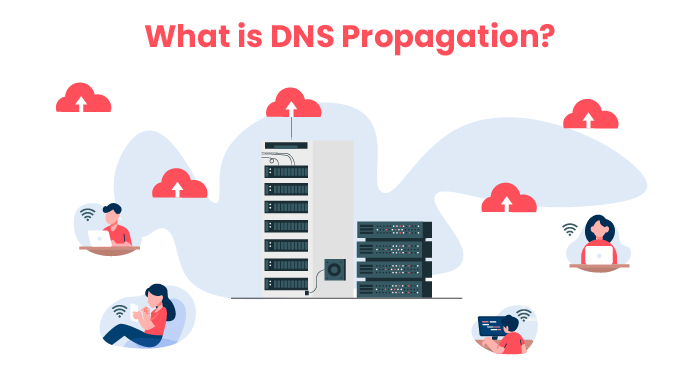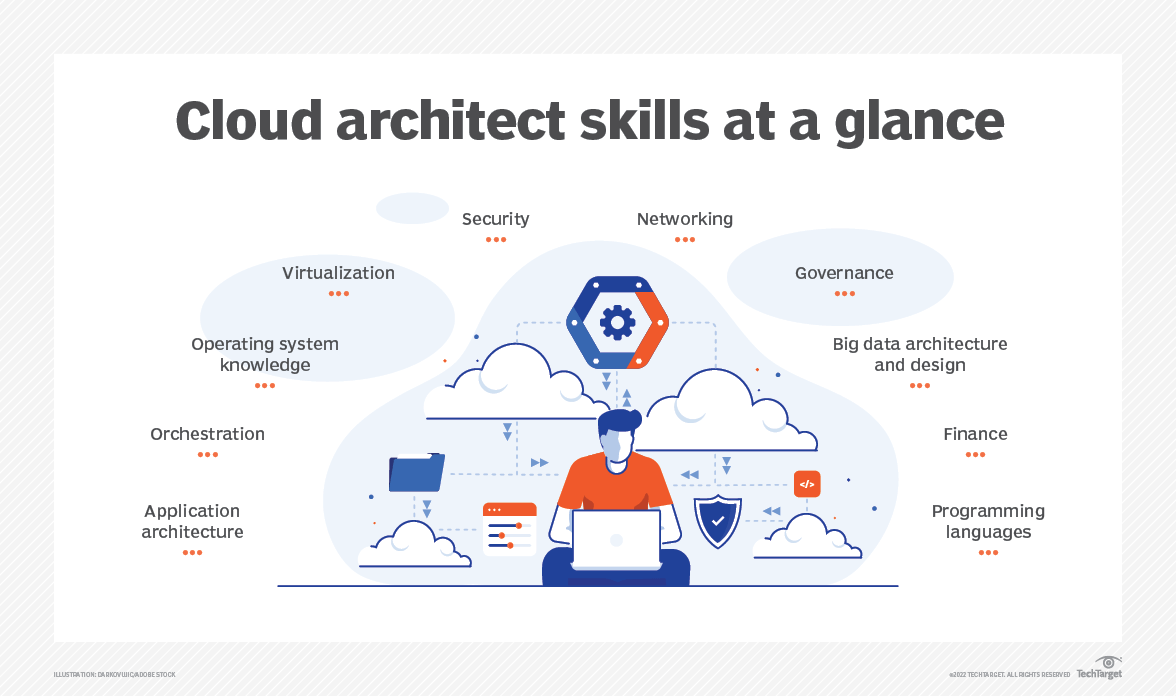In today’s digital landscape, securing your cloud infrastructure is paramount. AWS (Amazon Web Services) offers robust security measures to protect your data and resources. This guide will help you understand the fundamentals of AWS security, whether you’re just starting out or refining your existing knowledge.
Key Components of AWS Account Security
- Business Requests: AWS enables businesses to handle security-related requests effectively. This includes defining roles and responsibilities for managing security, setting up processes for responding to incidents, and ensuring that security measures align with business objectives.
- Principals and Identities: AWS Identity and Access Management (IAM) allows you to manage access to AWS services and resources securely. Principals (users, groups, and roles) are assigned permissions through policies, ensuring that only authorized individuals can access specific resources.
- Security Policies: Implementing security policies is crucial for maintaining a secure environment. AWS provides various tools to enforce security policies, such as IAM policies, AWS Organizations Service Control Policies (SCPs), and resource-based policies. These policies help define what actions are allowed or denied for different AWS resources.
- Managing Multiple Accounts: For organizations managing multiple AWS accounts, AWS Organizations provides a way to centrally manage and govern environments as you grow and scale your AWS resources. This includes consolidating billing, automating account creation, and applying policies across all accounts to ensure compliance and security.
- Module Review: Regularly reviewing your security modules ensures that your security measures are up to date and effective. This involves auditing your security policies, reviewing access logs, and conducting security assessments to identify and mitigate vulnerabilities.
- Knowledge Check: Regular training and knowledge checks are essential for maintaining a high level of security awareness within your organization. AWS offers various training programs and certification exams to help individuals and teams stay informed about best practices and new security features.
Conclusion
Understanding and implementing these key aspects of AWS security will help you build a robust and secure cloud infrastructure. Stay proactive by regularly reviewing and updating your security measures to protect your data and resources effectively.
Learning architecting on AWS is key to understand an overview of AWS.


